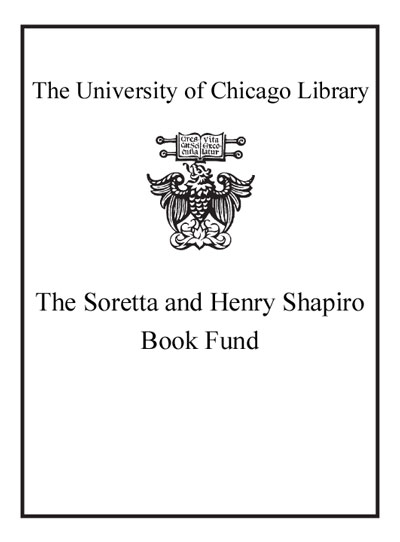| Summary: | "This is a book about the life and work of the celebrated Canadian tapestry artist, Mariette Rousseau-Vermette (1926-2006). At the time of her death at 79, she had produced over 640 tapestries, many of which were created through such prestigious commissions as the National Arts Centre, Ottawa (1968), the Eisenhower Theatre, John F. Kennedy Center for the Performing Arts, Washington, D.C. (1971) and Roy Thomson Hall, Toronto (1982). Mariette Rousseau-Vermette was critically acclaimed in her lifetime, and her work was sought for scores of corporate office buildings, major banks, court houses, schools, universities and private residences across the country, as well as for pavilions at Expo 67 (Montreal) and Expo 70 (Osaka). She exhibited widely in galleries and art museums throughout her career and is represented in public and private art collections nationally and internationally. The recipient of prizes and honours that included Officer of the Order of Canada (1976), she was also renowned as a teacher/mentor at the Banff Centre School of Fine Arts. Despite her long and prolific career and significant influence on the generation of textile artists who followed her, however, little has been written about this innovative artist. She remains largely unknown to the current generation, even in her own country. The story of Rousseau-Vermette and her contemporaries who worked in a receptive post-World War II environment that embraced the revival of tapestry as high art adds a new chapter to the history of Canadian art and restores these artists' links to it. Featuring more than 125 full-colour images as well as black-and-white photos of the artist and her family and colleagues, the book has been written to appeal to the general public and researchers of Canadian art, craft, and architecture, showcasing the artist's voice through the use of archival interviews and primary, unpublished sources that were available exclusively to the author."--
|
|---|

